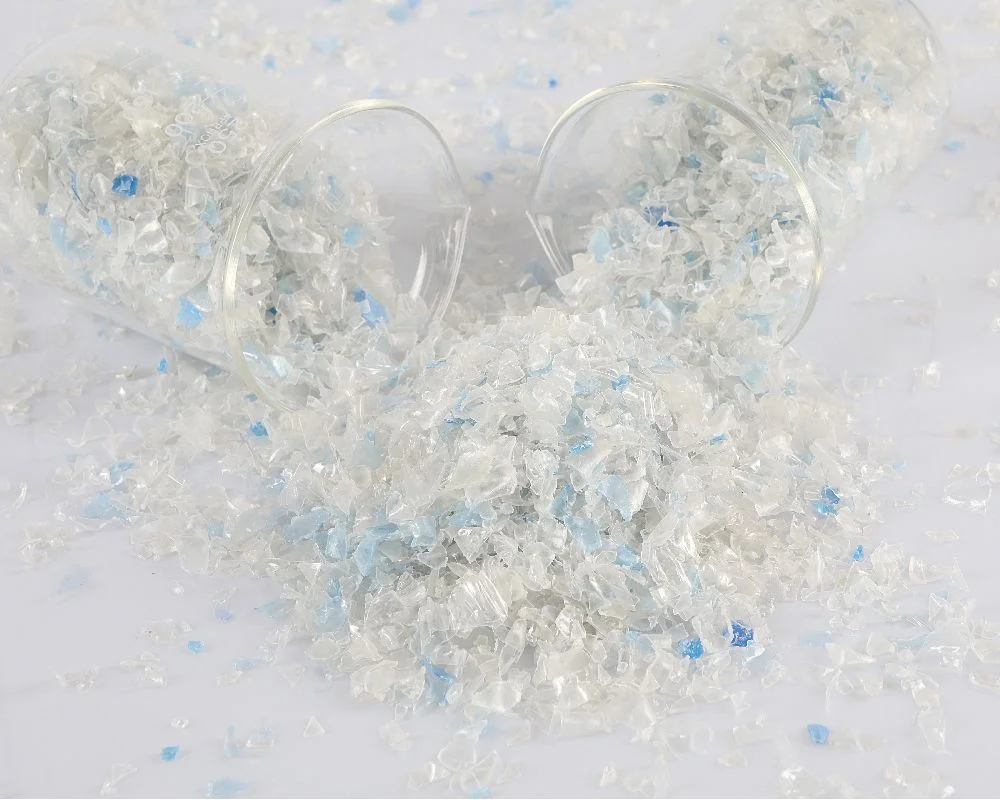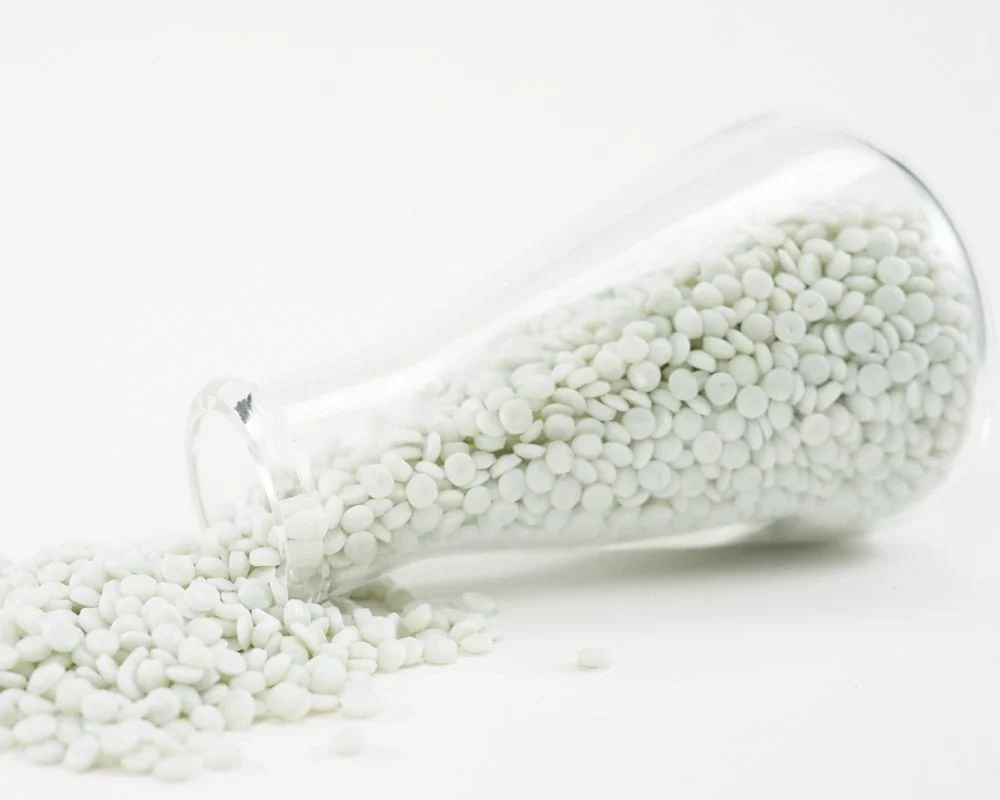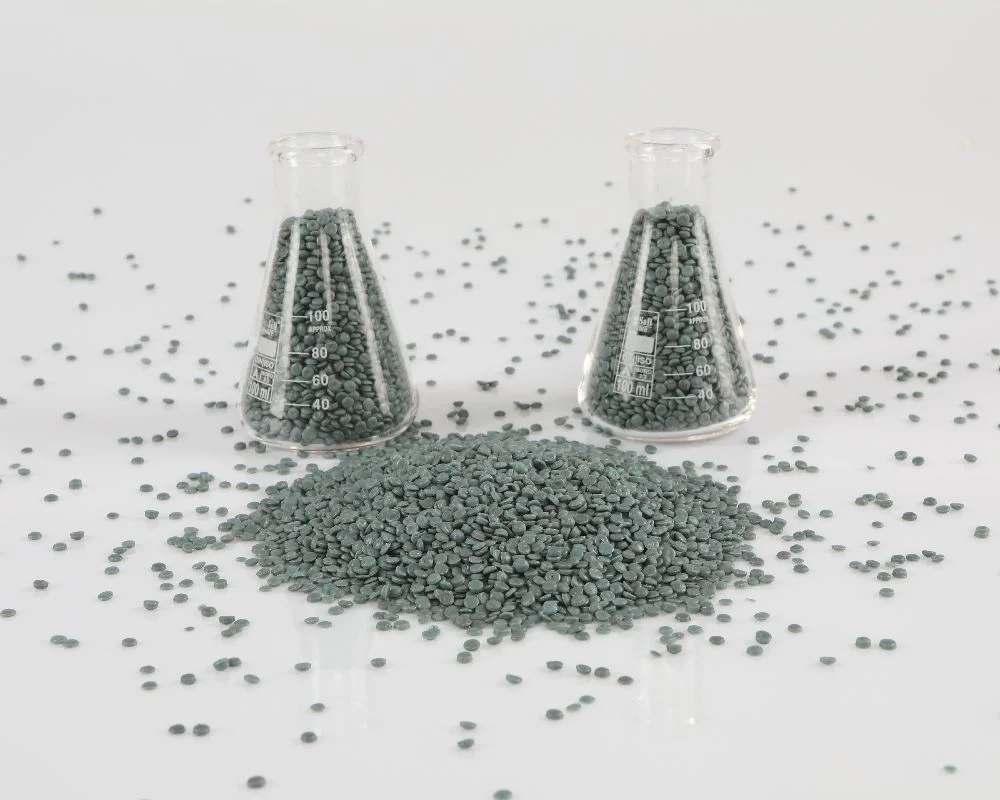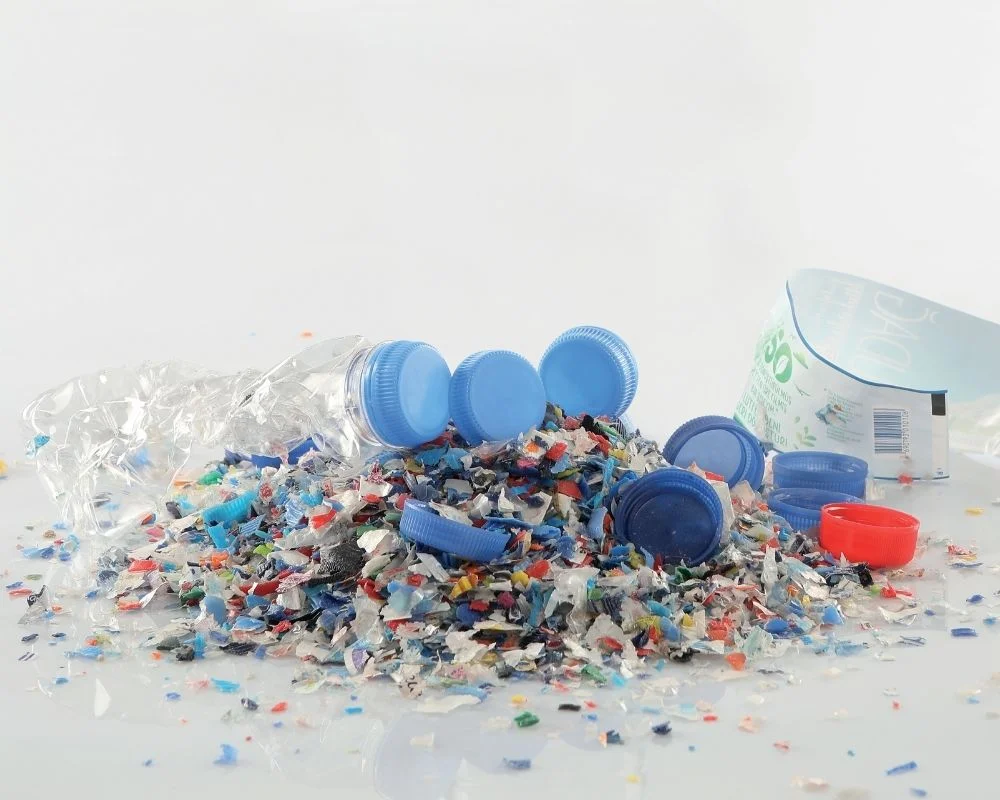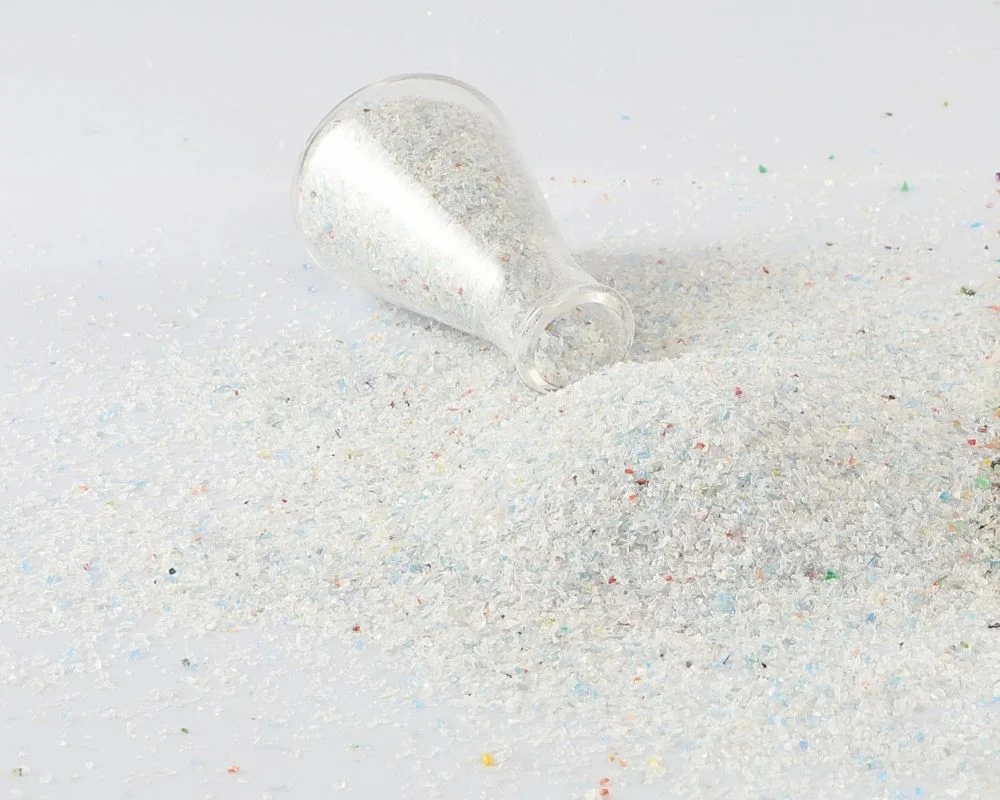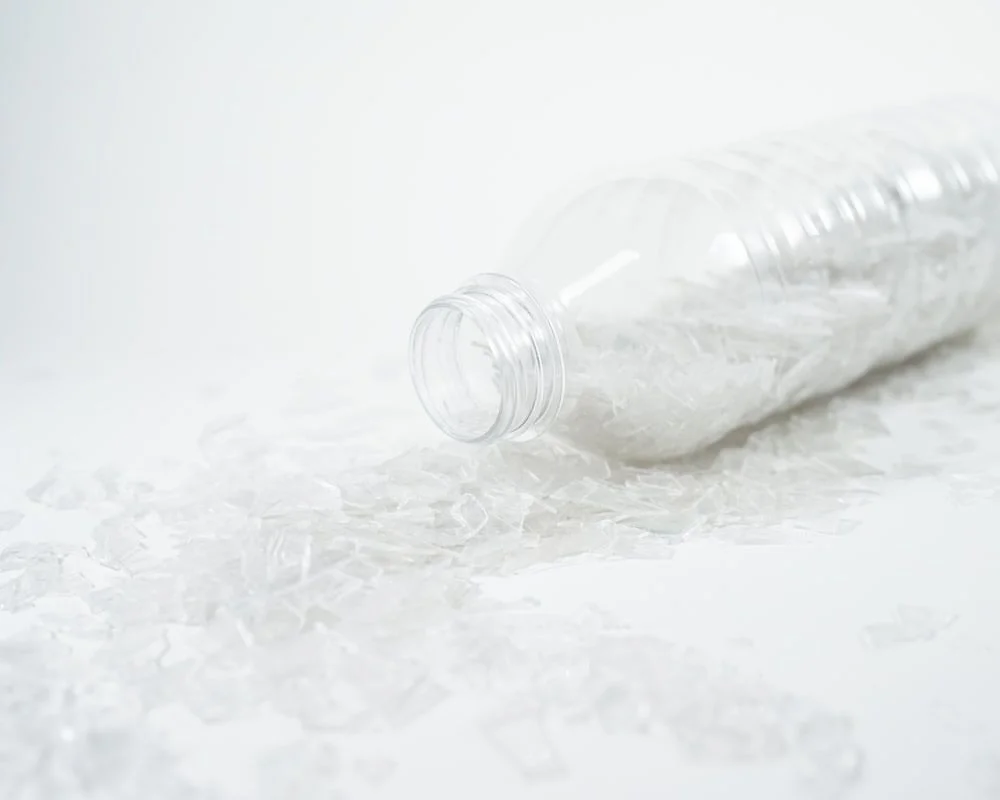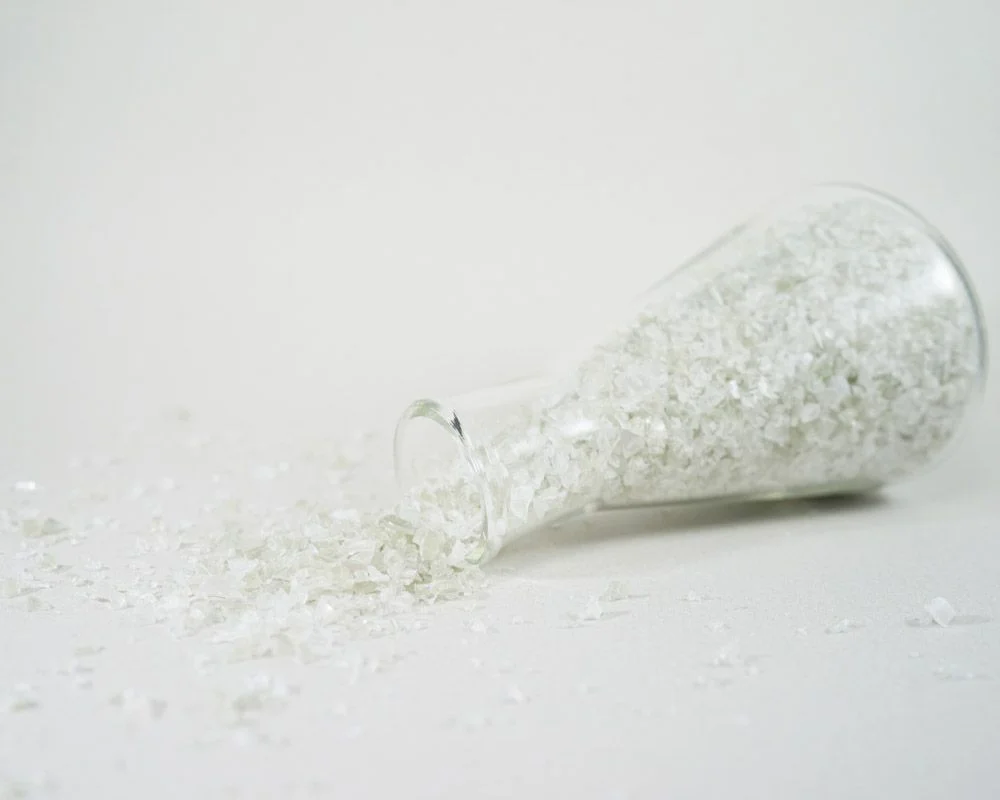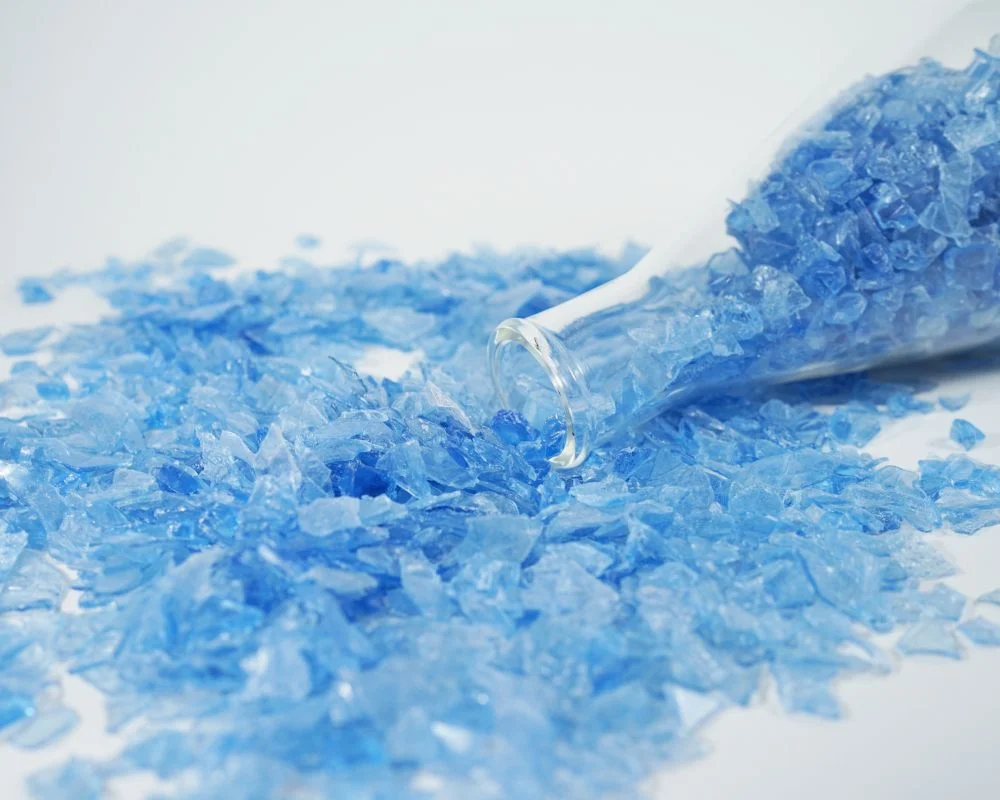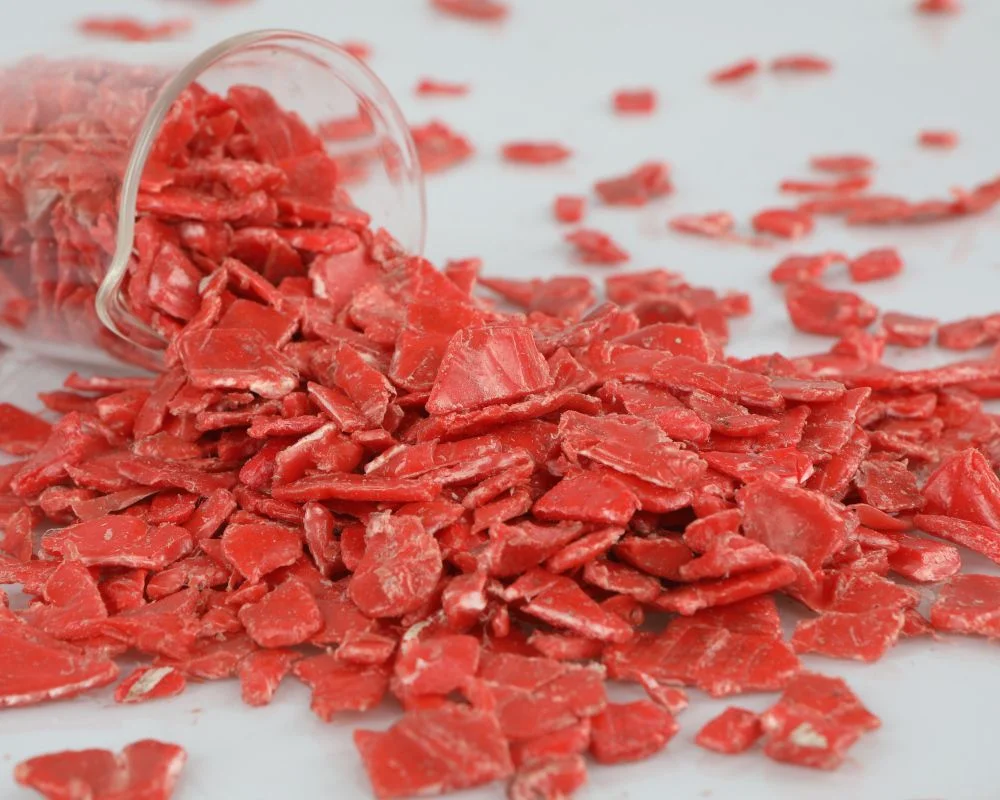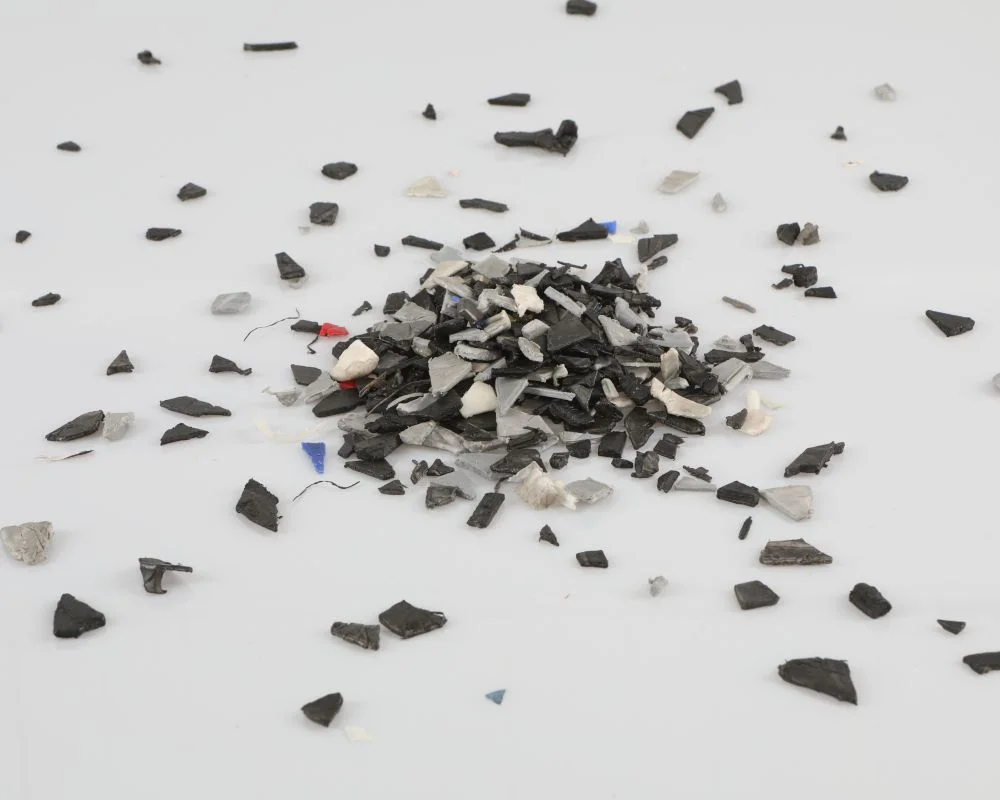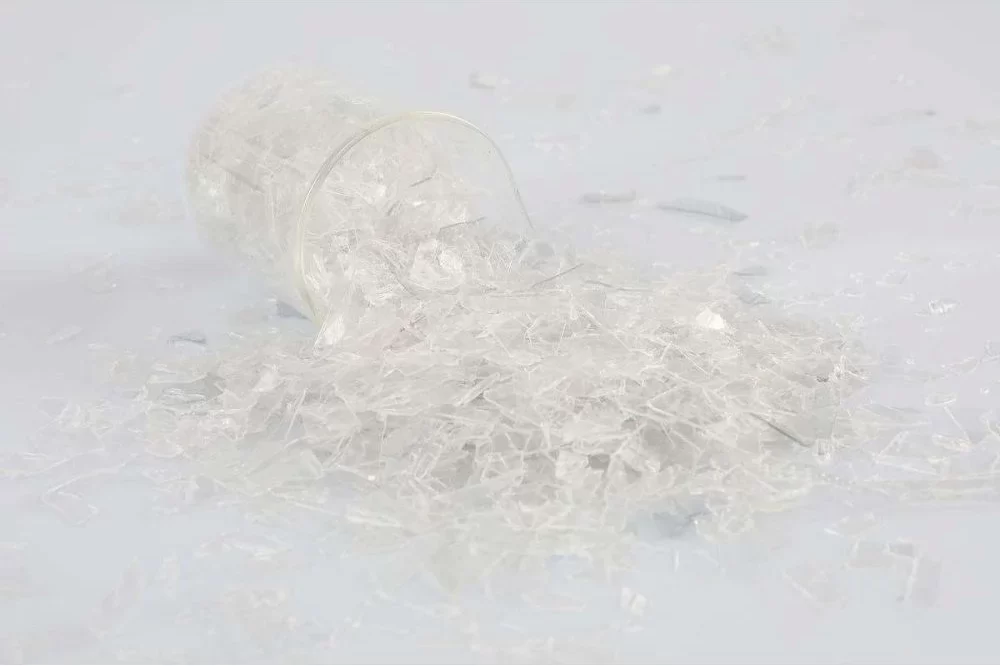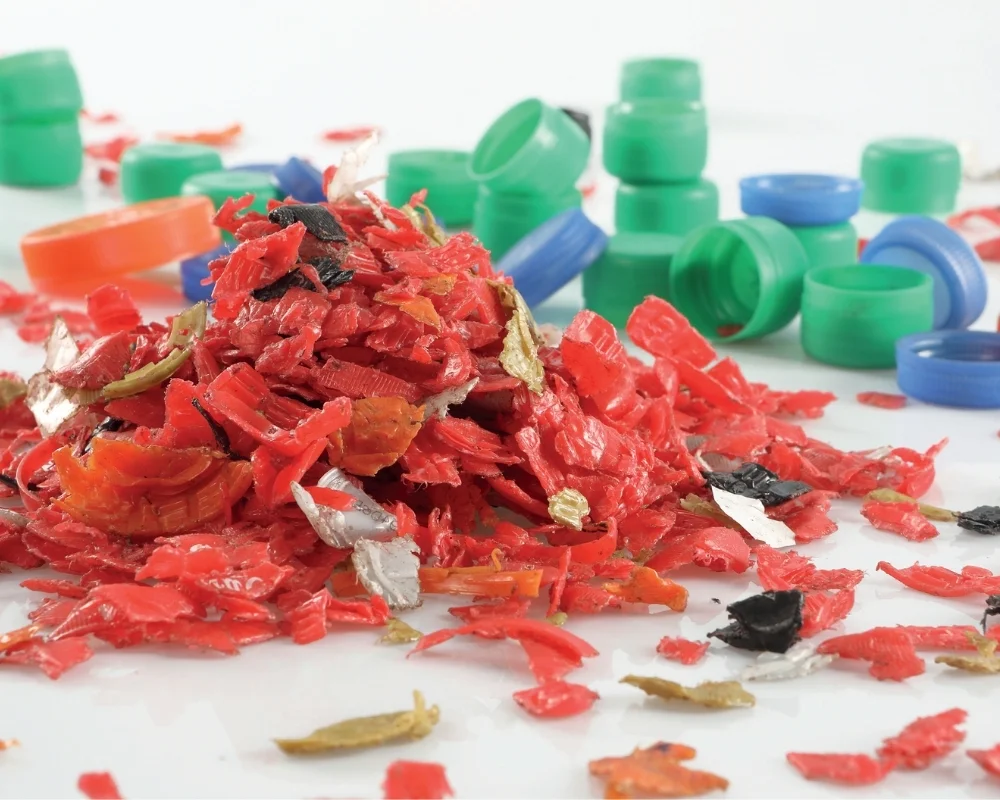PET Flake Mix Colored PCR
- Home
- Post Consumer Recycled - PCR
- PET Flake Mix Colored PCR
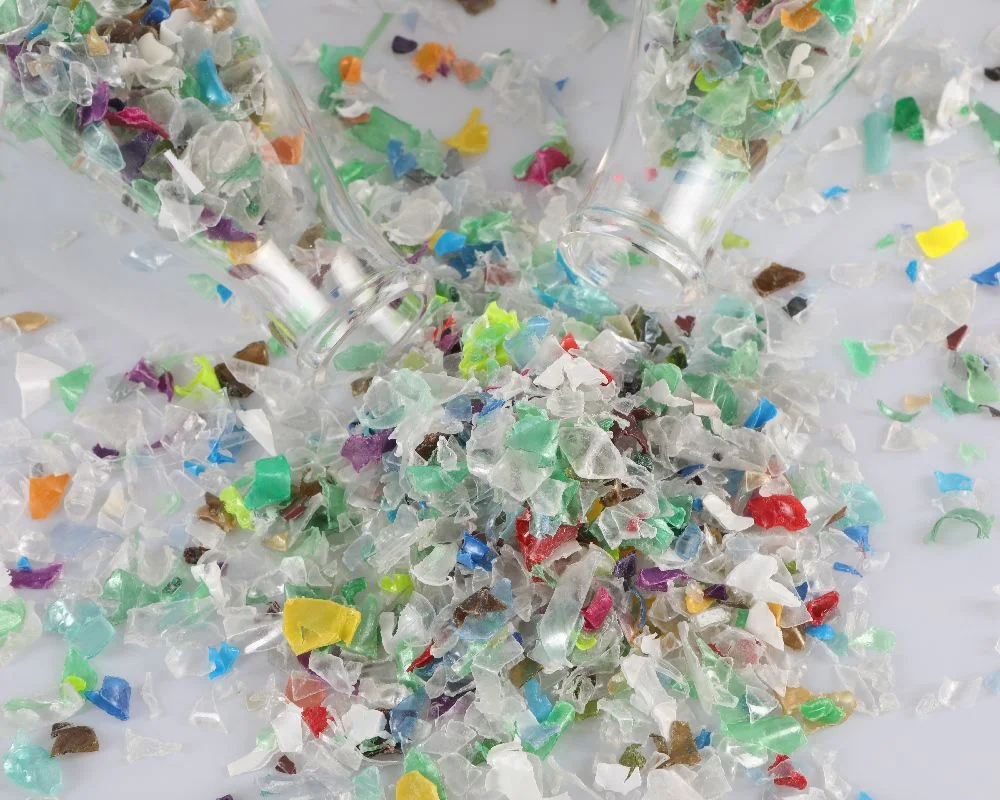
Post Consumer Recycled - PCR
PET Flake Mix Colored PCR
Usage Areas:
- Polyester yarn
- Polyester staple fiber

Post-consumer recycling involves collecting and processing plastic waste from end-users. This process helps to divert plastic from landfills and transform it into valuable raw materials for reuse in various industries.
With 400 million tons of plastic produced annually worldwide, a substantial portion ends up as waste. Understanding this scale is crucial for implementing effective recycling strategies and mitigating environmental impact.
Managing plastic waste is increasingly difficult due to its volume and the diverse types of plastics involved. Effective post-consumer recycling addresses these challenges by sorting and processing plastics efficiently.
Proper separation of plastics at the source enhances the efficiency of recycling. By categorizing plastics by their polymers and colors, we improve the quality and usability of the recycled materials.
Advanced technologies play a key role in the recycling process. Techniques for sorting, cleaning, and repurposing plastics ensure that the materials are processed into high-quality alternatives to virgin raw materials.
Recycling plastic waste reduces landfill use and conserves natural resources. By repurposing plastics, we also lower greenhouse gas emissions and support a circular economy.
The recycling process begins with the collection of plastic waste, followed by sorting, cleaning, and finally transforming the material into reusable products. Each step is designed to ensure high-quality output and minimal environmental impact.
Maintaining high standards in recycling is essential for producing quality recycled materials. Rigorous quality control measures are implemented throughout the recycling process to ensure the final products meet industry standards.
Post-consumer recycling not only supports environmental sustainability but also offers economic benefits. By reducing the need for virgin materials, companies can lower production costs and contribute to a more sustainable economy.
Individuals and businesses can support recycling efforts by properly sorting plastic waste and participating in recycling programs. Awareness and active participation are key to enhancing recycling rates and environmental protection.
Our
Products
- All
- Post Consumer Recycled Plastics - PCR
- Industrial Source Recycled Plastics - PIR
Products
Post Consumer Recycled - PCR
With 400 million tons of plastic produced annually and becoming waste in various environments, the key solution lies in separate collection and recycling at the source, where consumer plastic waste is meticulously sorted, cleaned, and processed into high-quality alternatives to original raw materials.

Menu
Services
Products
Contact Us
- Ahmet Vefik Paşa Mh. Hünkar OSB Cd. No:14 Kestel - BURSA / TURKEY
- info@burkasan.com
- +90 (224) 372 6001
